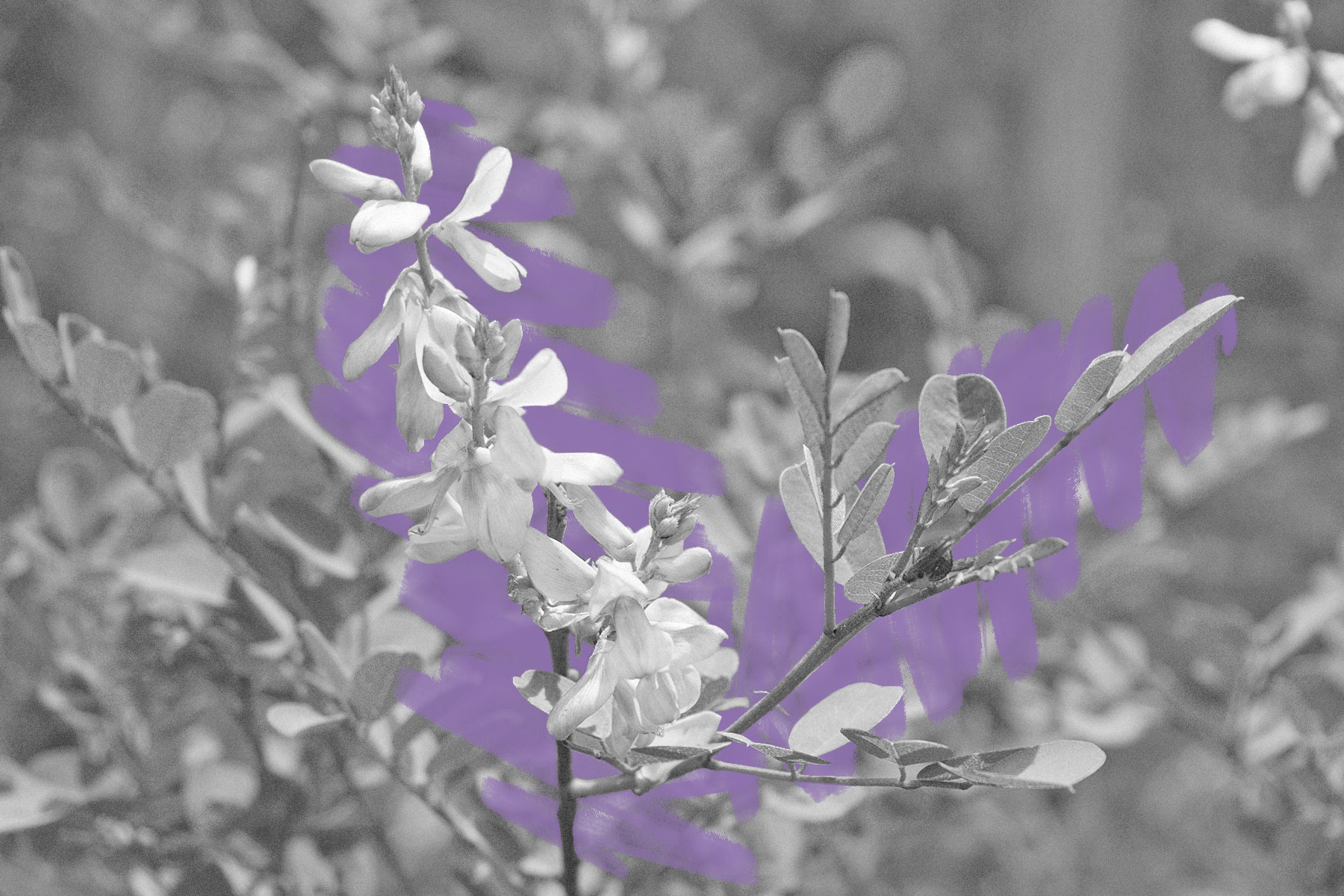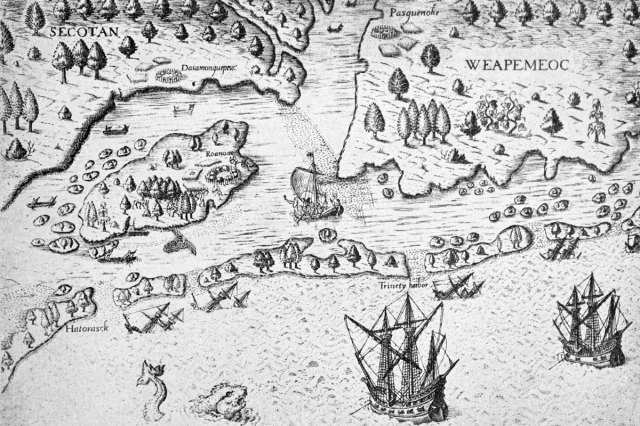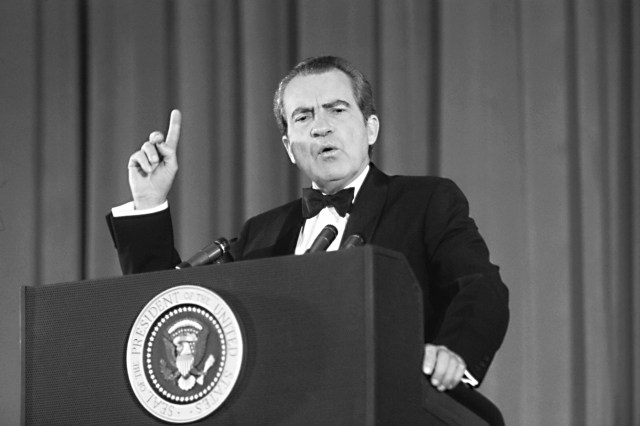Indigo was once used as currency in colonial America.
Indigo dye was once so valuable it was known as “blue gold.” In colonial South Carolina, the prized dye was even used as a bartering tool for trade and a form of currency to buy goods and services. The rich blue color was in high demand in the royal courts of Europe, particularly in Britain, and in the mid-1700s, indigo exports helped make South Carolina the wealthiest colony in America.
Native to West Africa and other warm weather regions, indigo was first used to dye textiles around 6,000 years ago in Peru, and in West Africa it became a cultural cornerstone in the region, representing fertility, wealth, and abundance. The dye is extracted by fermenting the indigo leaves, which eventually creates a blue paste that’s formed into cakes and left to dry. The process is delicate, time-consuming, and was considered a valuable skill passed down through generations. As such, enslaved West Africans became integral to indigo production in America.
The plant took root in South Carolina in the 1740s, when plantation owners began experimenting with indigofera seeds brought to the colony through the transatlantic slave trade. It thrived in the balmy summer climate, and, due to the forced labor of enslaved people, indigo quickly became the colony’s second-largest cash crop, after rice. The indigo trade dominated the South Carolina economy from the 1740s until the 1790s, when the newly independent United States lost its biggest market after breaking with the British Empire. At the crop’s peak in 1775, roughly 1.1 million pounds of dye were exported to England, valued at more than $40 million today.















